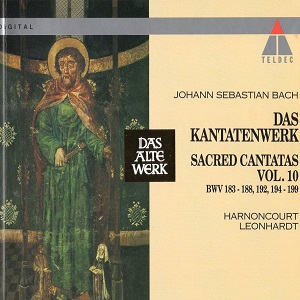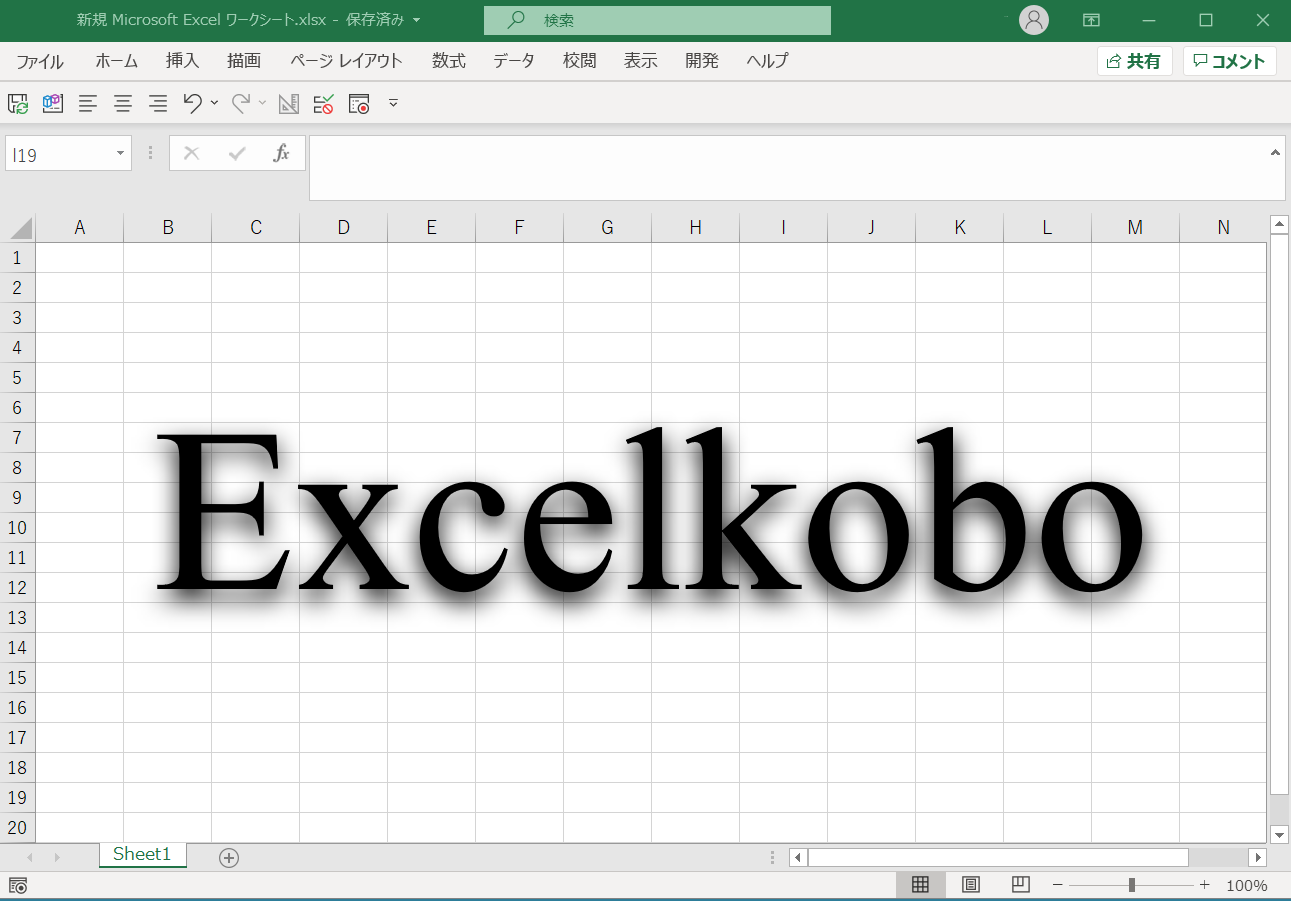Bach: Cantata No. 194 “Höchsterwünschtes Freudenfest” / Nikolaus Harnoncourt
The cantata begins with the choral piece “Höchsterwünschtes Freudenfest” based on a French overture. The dotted rhythm played by three oboes and a bassoon is contrasted with figures of strings like descending angels. The middle section is a stately fugue in three-quarters time, singing the glory of the Lord. It is also a difficult piece for the soprano voice, with a high C in a leap. It is noteworthy that when the dotted notes are returned to after the fugue, the roles of the oboes and strings are switched. The bass recitative is followed by the bass aria “Was des Höchsten Glanz erfüllt”, sung in a gigue rhythm in eight-twelveths time. The first violin and the oboe play a heartwarming melody in unison. The oboe is used as a solo in the middle. After the soprano recitative, the soprano aria “Hilf, Gott, dass es uns gelingt” is sung in a joyous gavotte rhythm. The soprano part is also difficult, but Hans Stricker’s boy soprano is very good. The first half of the cantata ends with the chorale “Heilger Geist ins Himmels Throne”.
The second half begins with a tenor recitative and an aria “Des Höchsten Gegenwart allein”. The tenor and basso continuo play an impressive melody in dotted notes in duet. In the following recitative, a dialogue between soprano and bass, it is interesting to note that Bach usually uses a technique for dialogue between the soul and Jesus, but with the roles reversed in this composition. Towards the end, the piece turns into an arioso, followed by a soprano and bass duet aria “O wie wohl ist uns geschehn” sung by two oboes obbligato. The solo and instrumental parts are duets in homophonic style, with a minuet rhythm. The soprano solo in the second half of the cantata is taken over by Stefan Gienger. The cantata ends with the chorale “Sprich Ja zu meinen Taten” following the bass recitative. #baroque #bach #cantata #片山俊幸 https://excelkobo.net/bachwerke/archive/BWV0194.pdf


